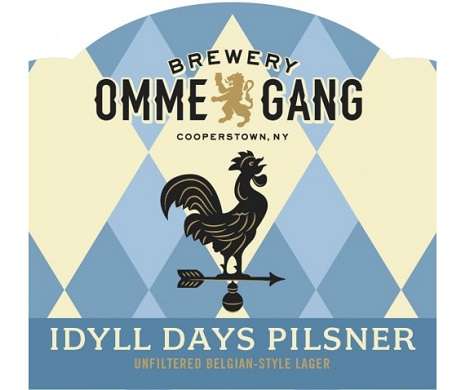Tadoba Andhari Tiger Reserve: the Gaur Morning
10,000 Birds
JANUARY 8, 2015
It is one of the ancestors of domestic fowl. Grey-headed Fish Eagle Copyright © Nitin Bhardwaj. At the lakeshore, Asian Openbill Storks are foraging, while on a low branch of a large tree shadowing the water one massive and upright Grey-headed Fish Eagle stands. February 2013. One Chital is curiously watching us.














Let's personalize your content